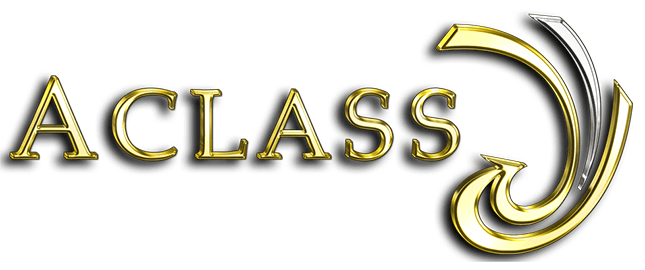Stripping, Polishing, Chrome plating – the Chrome Restoration process
Chrome restoration for any chrome plated car or motorcycle METAL part means 3 main steps – Strip, polish, chrome.
Stripping can involve electric or chemical stripping, depending on the substrate material. Each layer of old plating may require a different solution to remove it. Parts that have two different metal types in the substrate – e.g. an alloy section joined to steel – can be problematic as the metal stripping process chemistry needed is different for each metal type. The stripping process will remove the chrome, nickel and copper layers of plating as well as any rust. Any surface repairs or dent knocking are completed before polishing.
Once stripped, the part needs to be polished, to bring the surface condition up to the required depth of shine for a good plating result. For some jobs, there will be an intermediary coating of copper plated onto the part, after which it is polished again to give greater surface depth (or to seal up a poor substrate).
The typical plating process is copper plate, then nickel plate (nickel is actually the thickest layer – it provides the strength and corrosion resistance). The final chrome plating stage is very quick, and provides the bright and distinctive silver-blue tone we know and love, to the metal part.
For plastic chrome parts the process is a whole different ball game (give us a call if you want to know more about that)
The chrome restoration process is very labour intensive and there is alot of chemical science involved. Some call it a trade, others call it a craft or even a ‘black art’. No matter what you call this process, to us it’s simply a pleasure to give old parts new life and contribute to some really good metal restoration projects!
ONLINE QUOTE
Submit information about your new parts finishing or custom refurbishment work using one of our online forms below and we'll get in contact with you regarding the processes and costs involved.
